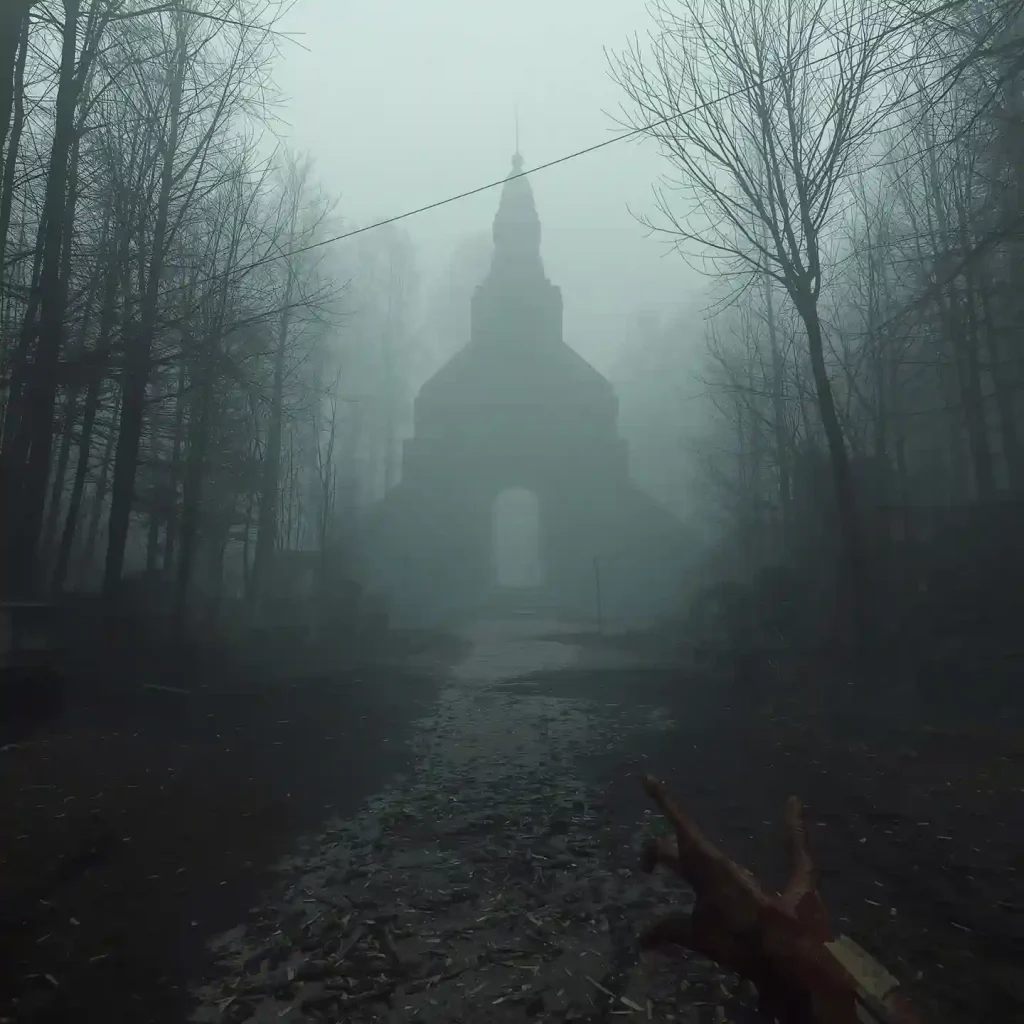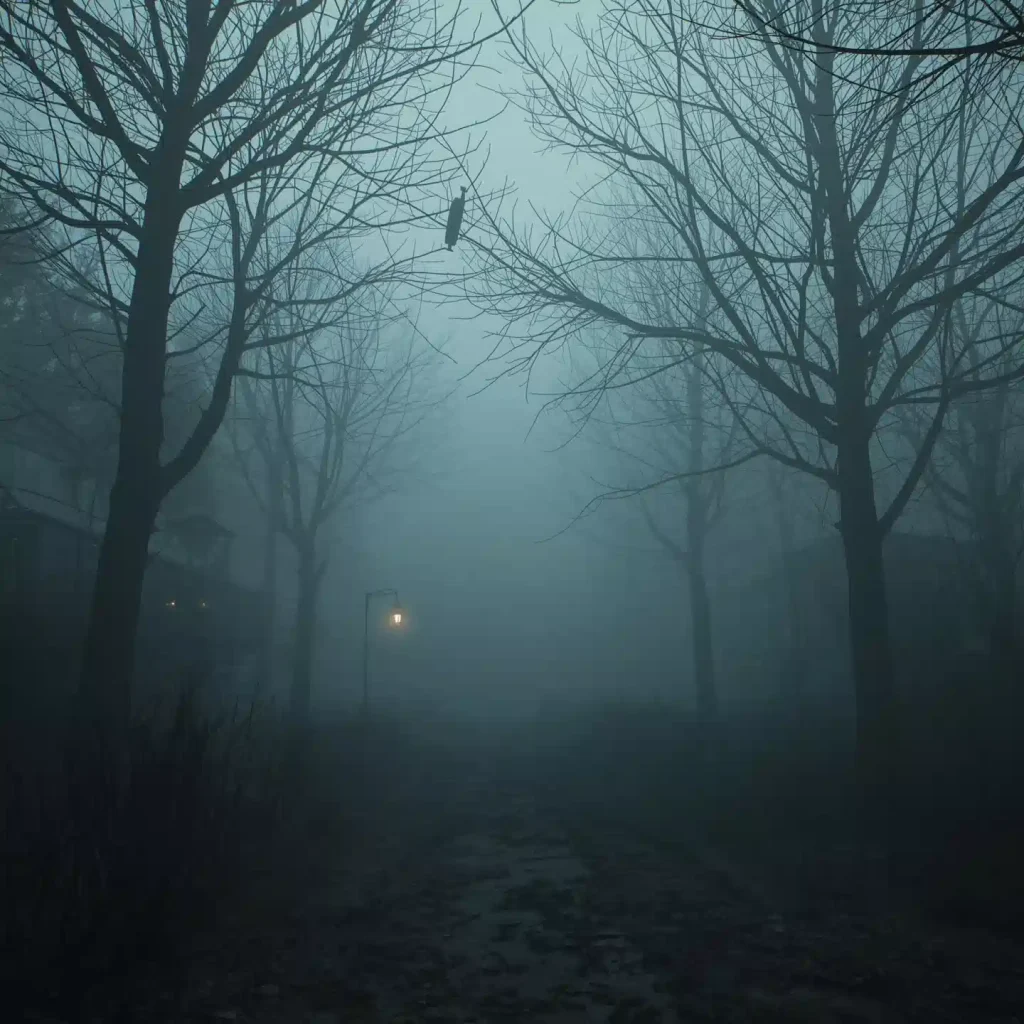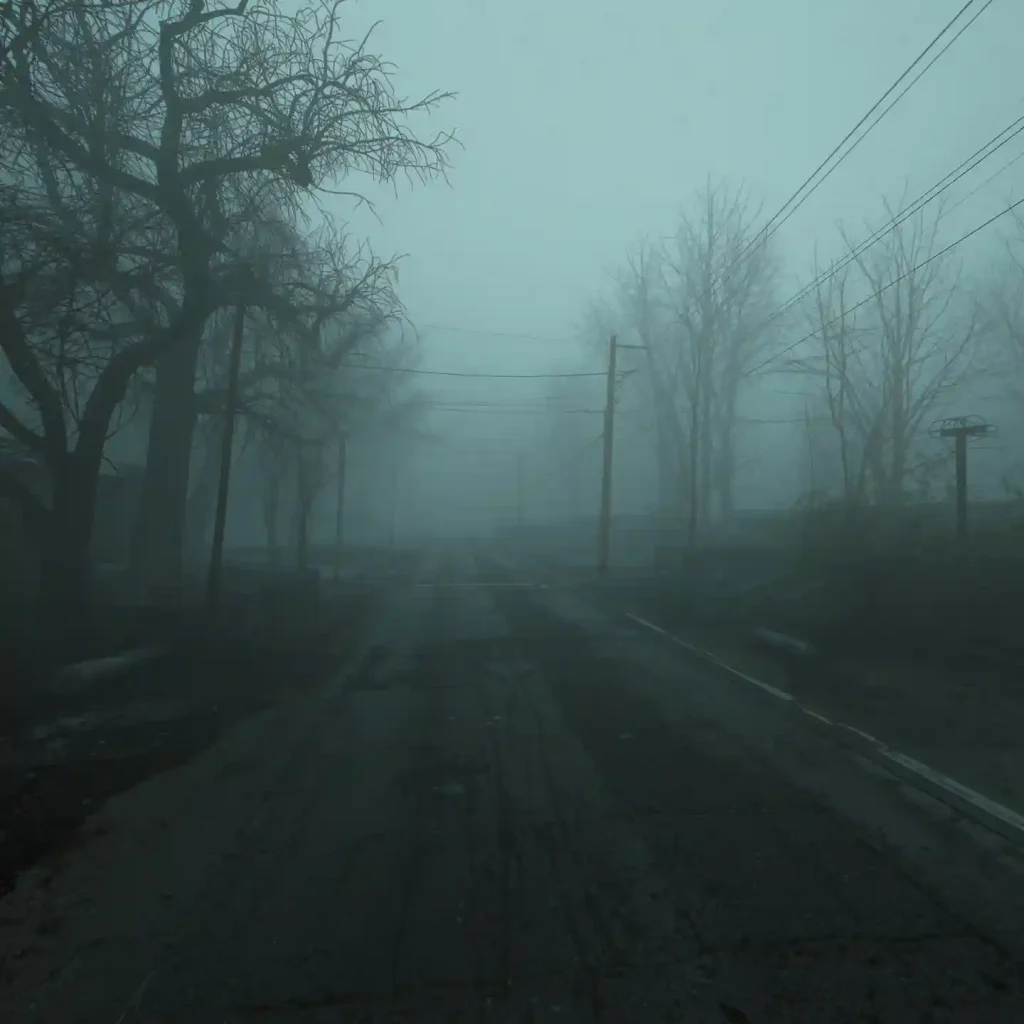A Succulent Silent Hill Meal: Embracing a New Kind of Fear
The announcement of Silent Hill f sent shockwaves through a community built on fog-drenched streets and psychological dread. When developers NeoBards and series producer Motoi Okamoto revealed a shift towards more action-oriented gameplay, the reaction from loyalists was a predictable mix of skepticism and outright alarm. For a franchise defined by its vulnerable protagonists and oppressive atmosphere, the promise of “more fight sequences” felt like a betrayal of its very DNA. The fear was palpable: was Silent Hill f about to become just another action-horror clone, abandoning the subtle terror that made the series legendary?
This concern is valid. The series’ identity is sacred ground. However, after hands-on previews, a new narrative is emerging—one not of betrayal, but of evolution. The developers themselves have used a curious and brilliant phrase to describe their goal: they aim to provide a “succulent Silent Hill meal.” This isn’t about replacing the old ingredients; it’s about adding new flavors to create a richer, more complex feast for a modern audience. They are not dismantling the home of Silent Hill; they are adding a new, terrifying wing to it, ensuring both classic loyalists and new players will find something to both cherish and fear.
Beyond the Fog: Why Stagnation is the True Enemy
For years, the Silent Hill franchise lay dormant, its legacy sustained by nostalgia and the diminishing returns of older titles. The safe, risk-averse path would have been a endless stream of remakes, meticulously recreated but ultimately offering nothing new. Playing it safe is the greatest danger a horror franchise can face. Horror evolves, and what terrified audiences two decades ago needs refinement to shock the system of today’s players. Konami seems to understand this implicitly. Instead of a single strategy, they have adopted a portfolio approach: Bloober Team’s Silent Hill 2 Remake for the purists, and NeoBards’ Silent Hill f for those hungry for a new experience within the same terrifying universe.
This strategy is not just smart; it is vital for survival. It acknowledges the breadth of the modern horror audience. Some players crave the slow-burn, psychological unease of the classics. Others are drawn to the tense, resource-managed combat found in titles like the Resident Evil remake or The Evil Within. Silent Hill f appears to be a bridge between these worlds, an attempt to prove that the series’ iconic atmosphere can survive and even thrive within a more dynamic gameplay framework. It is a bold rejection of stagnation, ensuring the town of Silent Hill remains a relevant destination for horror fans for years to come.

“We’re Going a Little Different”: A Carefully Balanced Vision
The developers are acutely aware of the community’s fears. Game director Al-Yang directly addressed the tension between innovation and tradition. “This part of the Silent Hill series is more focused on gameplay and action than earlier installments,” he admitted. This honesty is refreshing. However, he was quick to follow up with the crucial caveat: “But due to this, we focused on difficulty to better suit players coming from more classic Silent Hill titles.” This isn’t a reckless abandonment of principles; it’s a calculated design choice built with options to accommodate different playstyles.
The solution is elegantly simple: a multi-tiered difficulty system. Players can choose from three distinct settings. ‘Story Mode’ provides a balanced experience for standard players. The aptly named ‘Bronze Mode’ is specifically tailored for classic Silent Hill veterans, presumably tuning the combat to feel more punishing and resource-scarce, aligning with the traditional feel of vulnerability. A higher difficulty will cater to those actively seeking a more intense action-horror challenge. This system demonstrates a profound respect for the player base, allowing everyone to tailor the experience to their own definition of terror.

Classic Vibes, Modern Mechanics: The Heart Still Beats
The most important question is whether, beneath the new combat mechanics, the soul of Silent Hill remains intact. Early hands-on reports suggest a resounding yes. Despite the new approach to encounters, the game is reportedly dripping with the series’ signature atmosphere. The unsettling otherworldly shifts, the pervasive sense of dread, and the deeply psychological narrative themes all appear to be present and correct. The combat isn’t described as empowering; it’s described as “annoying enough to make me angry,” a feeling many fans will recognize from frustrating encounters in the original titles. That friction, that struggle, is part of the horror.
The team at NeoBards isn’t trying to make a mindless shooter. They are trying to make a Silent Hill game with more involved player engagement during enemy encounters. Yang confirms this, stating, “We’re trying to keep the classic Silent Hill vibes and atmosphere, but change the gameplay a bit. We don’t want everything to be the same.” This philosophy is the heart of the project. It’s an expansion of the toolkit, not a replacement of the foundation. The fog is still there. The dread is still there. The story is set in 1960s Japan, offering a fresh and terrifying new setting ripe with potential for new mythological horrors. The heart of Silent Hill is still beating; it’s just pumping adrenaline through a new set of veins.
The Future of Fear: A Franchise Reborn Through Diversity
Motoi Okamoto’s vision for the future of Silent Hill is one of deliberate and exciting diversity. “Silent Hill is a type of series that we’ve been partnering with many different groups for,” he said, highlighting collaborations with Bloober Team, NeoBards, and others for projects like Townfall. He concludes with a telling statement: “Future titles will probably carry their own flavour, depending on who we will be working with.” This is the master plan. Silent Hill is being reimagined as a holistic horror universe, not a monolithic series stuck in the past.
This approach is the opposite of a problem; it is the franchise’s greatest strength. It allows for a Silent Hill 2 Remake that is a faithful love letter to the past, a Silent Hill f that is a bold experiment for the future, and other projects that can explore entirely different sub-genres of horror. This diversity ensures that every fan can find their own personal nightmare within the franchise. It transforms Silent Hill from a single note of fear into a symphony of terror. By welcoming change, Konami isn’t killing Silent Hill; they are finally, after all these years, allowing it to truly live, breathe, and evolve in thrilling new ways.

Table of Contents
Our Related News Website:
Sports: Sport Flash
World News: The News Grid
Environment News: Eco Alert
Business News: Biz Trend Now
Daily News: Unbiased Daily
Realm News: Real Time Realm
Retrun to our Homepage